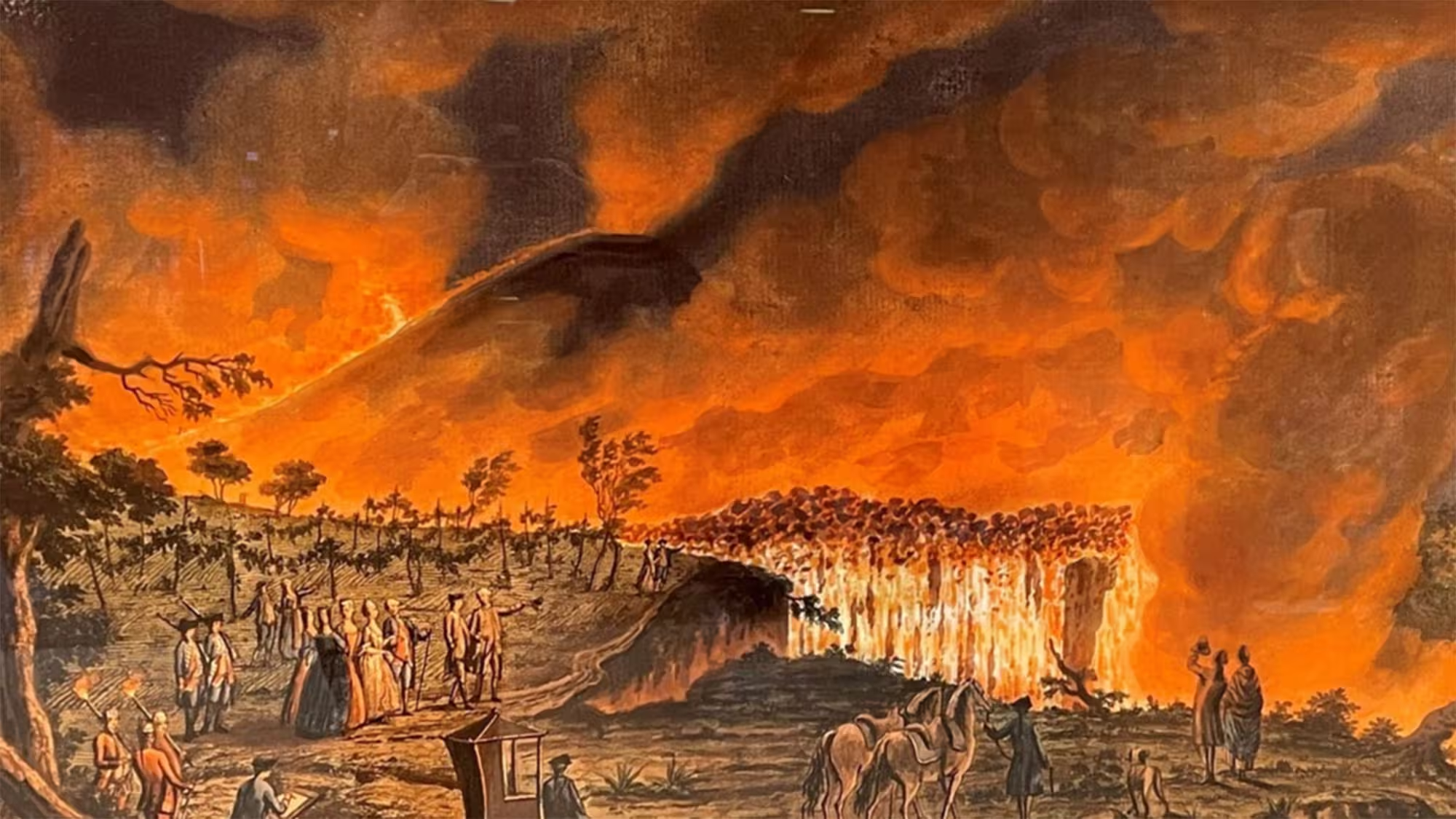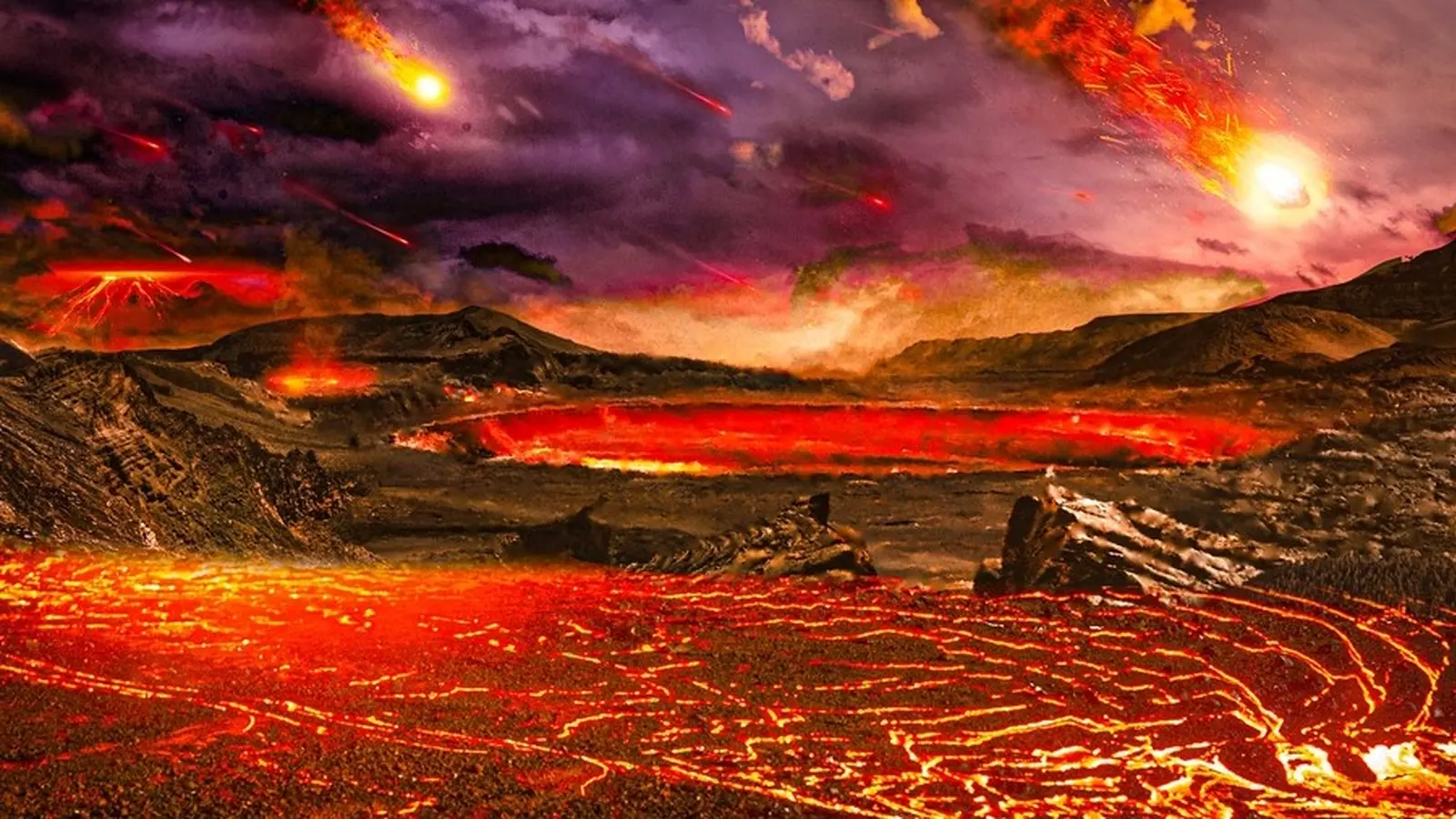4 Minutes
An imaginative mechanical model of Mount Vesuvius conceived in 1775 has been constructed and activated for the first time, a full quarter-millennium after it was originally sketched. Using modern materials and electronic control, two University of Melbourne engineering students translated an 18th-century idea into a working demonstration that simulates lava, light and eruption dynamics.
Bringing Hamilton’s clockwork spectacle into the 21st century
Sir William Hamilton, the British ambassador to Naples and Sicily in the late 1700s, combined scientific curiosity with visual drama when he proposed a mechanical device to portray volcanic eruptions. Although there is no record that Hamilton’s original mechanism was ever built, a detailed sketch preserved in the Bordeaux Municipal Library provided the blueprint for a contemporary reconstruction.
Driven by that archival drawing, Master of Mechatronics student Xinyu (Jasmine) Xu and Master of Mechanical Engineering student Yuji (Andy) Zeng spent three months in The Creator Space workshop recreating Hamilton’s concept. Their modern interpretation substitutes 18th‑century clockwork for laser-cut timber, acrylic panels, programmable LED lighting, microcontrollers and contemporary electronic control systems — all chosen to mimic glowing lava flows and sudden eruptive bursts while concealing the mechanical elements.
"It is fitting that after 250 years exactly, our students have brought this dormant project to life," said Dr. Richard Gillespie, Senior Curator in the Faculty of Engineering and Information Technology. "It is a wonderful piece of science communication. People around the world have always been fascinated by the immense power of volcanoes."

Engineering challenges, craft skills and learning outcomes
Recreating an imagined automaton required more than faithfully copying lines on a page. The students faced practical problems similar to those Hamilton would have known: how to hide driving mechanisms from view, how to balance moving parts so lighting and motion felt natural, and how to use modern electronics to emulate the rhythm of an eruption.
"The project offered a wealth of learning opportunities. I’ve extended many skills, including programming, soldering, and physics applications," Ms. Xu said. Mr. Zeng added, "It was a fantastic way to build my hands-on problem-solving skills. We still faced some of the challenges that Hamilton faced. The light had to be designed and balanced so the mechanisms were hidden from view."
Research engineer Andrew Kogios, who supervised the build, praised the students’ persistence: "From selecting materials and 3D printing, to troubleshooting electronics and satisfying requirements, working collaboratively with Yuji and Xinyu has been extremely rewarding. Experiences like these, supplementing their university studies, position them well for their future endeavors."
Why the reconstruction matters
Beyond the novelty of a historical gadget come to life, the project sits at the intersection of history, volcanology and science communication. It translates archival research and a Pietro Fabris watercolor, Night View of a Current of Lava (1771), into a tactile demonstration that helps audiences visualize volcanic processes: incandescent lava flow, explosive bursts and the play of light across ash and rock. For museum visitors and students unfamiliar with the mechanics of volcanoes, the automaton offers an engaging entry point.
The finished device is currently the centrepiece of The Grand Tour exhibition in the University of Melbourne’s Baillieu Library, on display until June 28, 2026. As a public-facing artifact, it underscores how engineering and digital fabrication can revive historical science ideas, and how tactile models remain powerful tools for explaining natural hazards like volcanic eruptions.
By combining archival scholarship, mechatronics and creative engineering, this resurrection of Hamilton’s Vesuvius model highlights the enduring appeal of reconstructions: they make the past audible and visible, and invite new generations to explore the science behind spectacle.
Source: scitechdaily


Leave a Comment